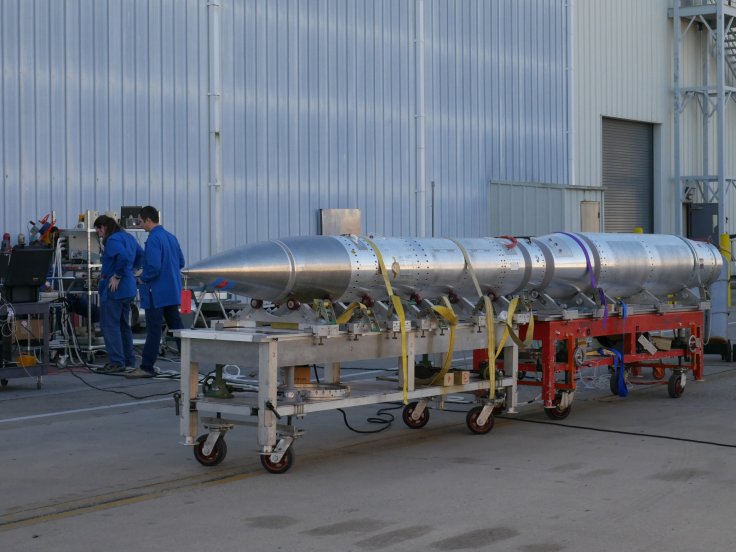Auroras, the dancing lights visible during winter nights at the Earth's North and South poles, are due to diffusion of X-rays from space into the Earths' atmosphere from two known sources -- supernova explosions from Local Hot Bubble region in the Milky Way galaxy, and Solar Winds present in the solar system.
To study them in-depth, NASA is planning to send four rockets to the upper atmosphere of Earth from Alaska in North Pole to measure the X-ray emission from space and to study about the effects of large quantities of water in Earth's upper atmosphere in forming Polar Mesospheric Clouds (PMCs), the microscopic water ice crystals at altitudes of about 53 km which scatter light in the poles.
PMCs are known to be extremely sensitive to small variations in the environment and are prone to changes due to atmospheric variables like tides, stratospheric weather, and space vehicle exhaust.
The rockets, to be launched from Poker Flat Research Range (PFRR) in Alaska between January 15 - 31, 2018 will help in gaining a better measure of the X-rays from regions near the Earth's magnetic pole as the solar magnetic field interacts with Earth's magnetic field in this region. The X-rays from solar wind charge oxygen, carbon and neon ions which are present at low percentages in the wind.

The rockets would be launched during optimal conditions when there is strong solar wind between 6 and 9 A.M. EST. In all, three NASA research rockets will be launched to study the formation and dynamics of Polar Mesospheric Clouds.
Known as Super Soaker, the mission helps scientists to detect changes in the Earth's upper atmosphere besides measuring the impact of short-term changes on PMCs and other atmospheric variables by releasing water vapor into Earth's upper atmosphere.
Irfan Azeem, Super Soaker principal investigator from Atmospheric and Space Technology Research Associates in Boulder, Colorado, said, "Water vapor is a common exhaust product of spaceflight traffic. Super Soaker will fly to the upper atmosphere carrying about 50 gallons of water, about the amount in a bathtub. We will release the water canister at 53 miles, dispersing and vaporizing the water."
Scientists will measure the temperature, winds, and layers of high altitude ice particles in the upper atmosphere before, during and after the release to determine the impact of water spraying. The three Terrier-improved Orion Suborbital sounding rockets will be in the space for a span of 32 minutes duration between 9.am and 12 noon EST.
Two rockets out of the three mission rockets will spray trimethylaluminum (TMA) and the observation cameras on the ground will capture changes in the TMA vapor from different points of Alaska. TMA will react with oxygen in the atmosphere and produce naturally occurring compounds in the atmosphere. The altitude of the research would cancel out any hazards to organisms and environment, said scientists.









